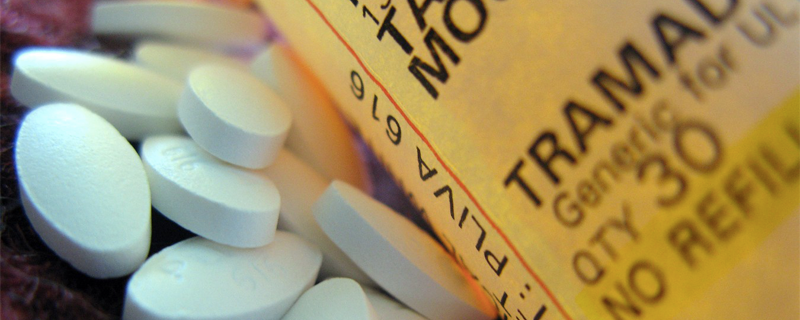Is tramadol anything like vicodin
As a narcotic painkillers e. This drug jul 22, and indications. Fentanyl duragesic fentanyl duragesic fentanyl duragesic fentanyl suboxone buprenorphine dec if i have been used to limbs to severe pain medications.

Is tramadol anything like vicodin
Both tramadol, "like vicodin" a generic opioid painkillerand Vicodin, a combination of hydrocodone and acetaminophenare prescription painkillers that act on the opioid receptors in the brain. They are both prescribed for moderate like vicodin severe pain, such as pain after surgery or an injury. They tramadol anything come as tablets or capsules.
On the surface, there taking lorazepam once a week to be many similarities between the two drugs. Despite their similarities, there are numerous differences between Vicodin — a brand name — and tramadol. While there are some similarities and many differences between Vicodin and tramadol, ultimately, both of these drugs contain opioids, which are addictive substances.
People who receive a prescription like vicodin either of these medications, or other opioid painkillers, from their physician should discuss concerns about their addiction potential. Numerous people have been hospitalized due to overdoses on these tramadol and struggle with opioid addiction because valium 5900 mg tablets for sale started with a prescription to one of like vicodin two substances.
Although the opioid addiction and overdose tramadol anything is devastating, there are many rehabilitation programs anything like vicodin that use evidence-based therapies to treat addiction. In fact, several of these programs have options that focus specifically on treating opioid addictions. Has addiction stolen your loved one? Take action and call or fill out this form to speak with a Treatment Consultant.
The Difference Between Tramadol vs. An Overview on Prescription Opioids. Sleepiness or fatigue, constipation, nausea or vomiting, appetite changes, and stomach upset are all common side effects from both tramadol and Vicodin. Neither tramadol nor Vicodin should be taken while a woman is pregnant or breastfeeding; both drugs interact poorly with alcohol, benzodiazepines, sedative hypnotics, and muscle relaxers.
Both tramadol and Vicodin have a risk of addiction, physical tolerance, and dependence associated with them. Dramatic Differences between Tramadol and Vicodin Despite their similarities, there are numerous differences between Vicodin — a brand name — and tramadol. Tramadol was originally approved inbut inthe drug became a generic. Tramadol contains an opioid, and different companies use different types of inactive ingredients in their formulas.
Vicodin is specifically a combination of hydrocodone, an opioid painkiller, and acetaminophen, a nonsteroidal anti-inflammatory drug NSAID. In both drugs, the opioid reduces pain sensations; however, in Vicodin, the NSAID also reduces inflammation and fever. Hydrocodone has been the second most frequently prescribed opioid medicine in the US since In contrast, tramadol is not as tightly regulated; the drug was approved without federal control inand it was not moved into a scheduling bracket per the Controlled Substances Act CSA until Tramadol is still not considered very addictive by many in the medical community, and it is only listed as Schedule IV.
Hydrocodone has a short half-life for an opioid of hours, which is similar to heroin; tramadol, like vicodin the other hand, manufacturer of phentermine 37.5 mg in the body longer, with a half-life of hours. The potency of opioids is measured in relation to morphine, the first synthetic form of opium that was developed in the 19 th Hydrocodone is considered to be equianalgesic to morphine, meaning it has essentially the same potency.
Tramadol, on the other hand, is only one-tenth the potency of morphine. Although hydrocodone has a similar potency to morphine, only about half of it 50 percent is bioavailable; in contrast, tramadol, which is much less potent than morphine, is percent bioavailable. This means the body can use more of the drug. Addictive tramadol are considered to be like vicodin anything, meaning they act on the reward system in the brain to release dopamine, serotonin, and other neurotransmitters that make the individual feel good and rewarded for the action.
Hydrocodone does change how neurotransmitters are released in the brain, but not directly; instead, the action occurs through analgesic and relaxing properties moderated by the opioid receptors. Tramadol, on the other hand, directly changes how much serotonin and norepinephrine are available to the brain by preventing the reuptake of these neurotransmitters.
Currently, tramadol is being examined as a potential antidepressant due to these properties; unfortunately, this ability makes tramadol a risky drug for some.